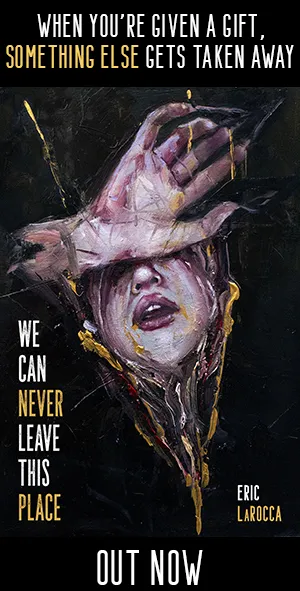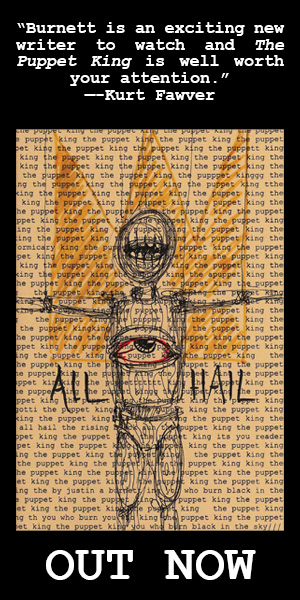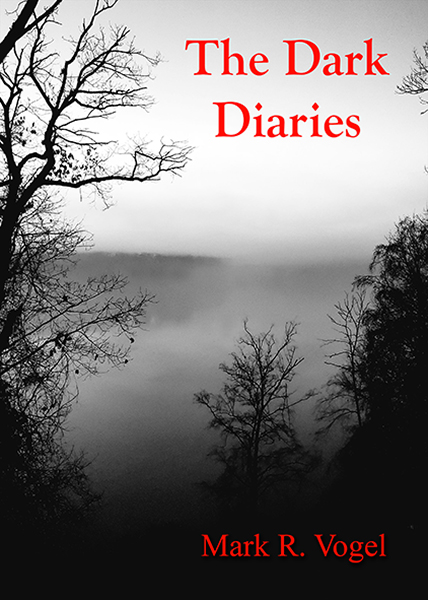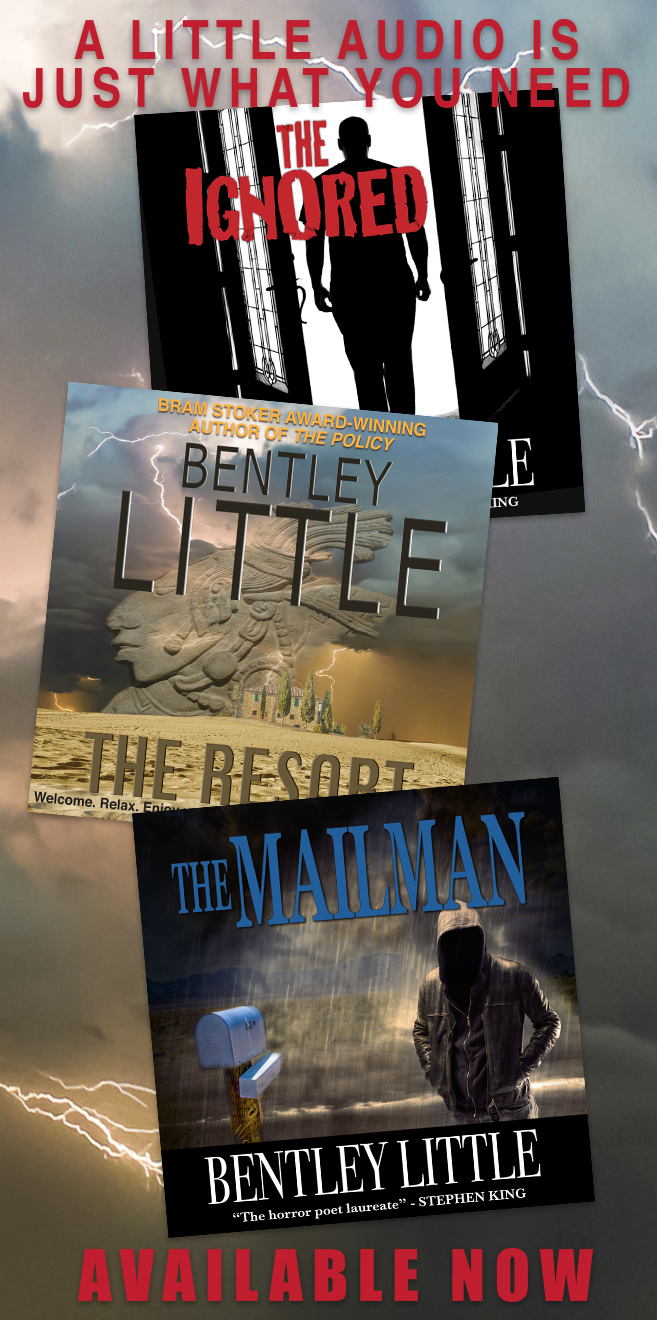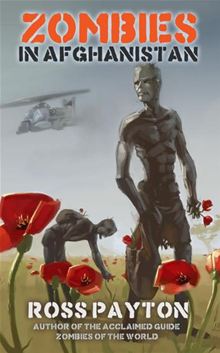
Payton’s take on the ongoing conflict in South West Asia is unique. Set in a world where somehow, someone has ‘weaponized’ and ‘domesticated’ the undead, he takes the reader along as a US aid worker describes what happened to him and an army unit when they head to an Afghani village.
Through the course of the story, laid out as an after action interview, we find out that the locals have ‘domesticated’ the undead to perform menial tasks. This doesn’t set well for the hoo-ah hoo-ah gung ho Army commander who wants to wipe out all the undead.
The protagonist, Jacob Collins is the interview subject and the story is told from his perspective. Collins is the aid worker that experienced the event and it’s evident quite early on that there were some issues between him and Big Army.
During the stay at the village, Taliban forces engage the US Army unit and that leads to the undead becoming agitated. Add to this mix more ‘free roaming’ undead and the problem is exponentially magnified into a veritably night of the living dead.
Collins somehow manages to get into a position where he uses the villages undead to prevent more deaths of the living then there could have been. Whether he has some control over the dead or not remains to be seen but he was able to get them to help him and they didn’t attack the survivors of the aid unit or remaining soldiers.
This adds to the mythos behind actual control or maybe something else.
As with any conflict it usually comes down to who has the most troops, the most ammunition, equipment, and tacticians. However, with the introduction of the undead, does this mean biological warfare, unconventional warfare or asymmetric warfare?
We may never know as Collins is forced to sign a non-disclosure act about the events that happened that night. Good thing someone slipped us the draft of that event.
This is the second Ross Payton book I’ve reviewed and all I can say is his writing gets better every time. While the use of an interview format may not be something the average reader enjoys, it’s unusual enough to get the interest of most. The best part is that you, the reader, are now forced to use the gray matter between your ears to create the environment of the story. There really are no descriptors involved. This is definitely a thinking person’s book.
Available at Amazon.

